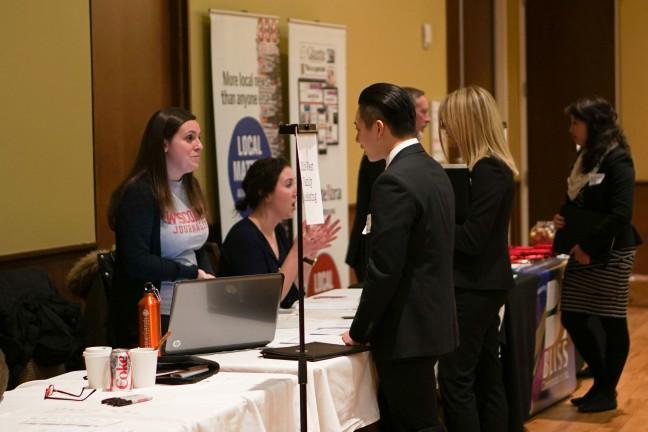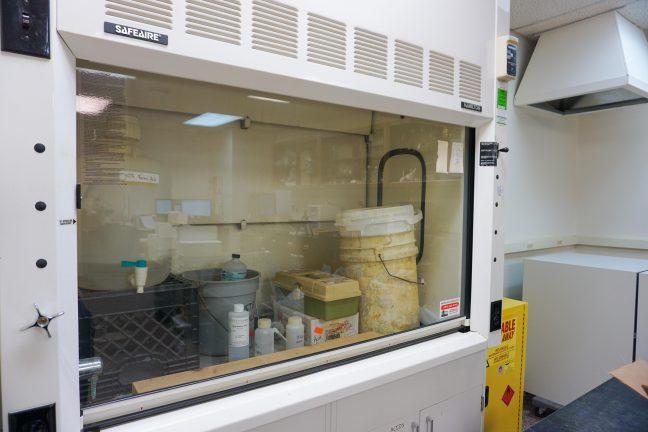In 1863, then-president Abraham Lincoln issued the Emancipation Proclamation, signaling the end of institutional slavery in the United States. Slavery wasn’t truly abolished in the U.S. until December 18, 1865, when the Thirteenth Amendment to the Constitution was proclaimed ratified. However, 149 years later a form of slavery still persists in the U.S. and around the world. It’s called human trafficking, which is the illegal smuggling and trading of people for forced labor or sexual exploitation. Even Wisconsin has recently dealt with some high-profile cases in the past few years, coinciding with an increase in human trafficking cases across the country.
The U.S. Department of Justice estimates that 17,500 people are trafficked into the country every year, but many suggest the true figure could be higher due to large numbers of undocumented immigrants. However, not only immigrants are vulnerable to becoming enslaved. The U.S. Department of State estimates there are approximately 244,000 American youth that are at risk for trafficking each year. Of these children and youth, 38,600 were originally runaways. Women and children are disproportionately susceptible to becoming slaves. According to a study the U.S. DOJ published in 2011, 82 percent of suspected cases of human trafficking between 2008 and 2010 were classified as sex trafficking and nearly half of these involved victims were under the age of 18.
Some cases involve forced labor in ways similar to the slavery that prevailed in this very country centuries ago. For example, Evelyn Chumbow, a 21-year-old Cameroonian, was promised a bright future and world-class education by a wealthy Maryland couple as she was a top ranked student in her country. However, she was given no education once she arrived and was forced into involuntary servitude for the couple.
Other trafficked persons are forced into sexual slavery. For instance, Cristina Andres recruited two girls, 13 and 17 years old, and told them she would employ them in Nashville, Tennessee, at a restaurant. Instead, the two girls were trafficked for sex and physical force and threats against the victims and their families kept the girls under the control of their traffickers.
Wisconsin is not immune to modern day slavery. Jefferson Calimlim and his wife Elnora, two doctors who lived in Brookfield, were deported to the Philippines after serving a six-year sentence for forcing a 19-year-old Filipino woman to work for them under the threat of violence.
Then, just this August six people were arrested for conducting an underage sexual prostitution ring. These cases show that even in our communities slavery is happening behind closed doors. But, organizations in the state and on campus like the Hope Movement at the University of Wisconsin look to raise awareness about the issue. By showing our support for these organizations in our community we can help spread awareness about human trafficking in Wisconsin and in other places.
How can slavery still persist in the modern era? Human trafficking is a relatively low-risk criminal business. It’s very hidden and collecting statistics on it is difficult, forcing governments and organizations to use rough estimates. However, it’s not only a hidden business — human trafficking is extremely lucrative. The United Nations Regional Information Center says human trafficking is the third most profitable illicit industry after drugs and weapons. Even after factoring in the clandestineness and financial rewards of human trafficking, the biggest reason slavery still persists is that the public is either ignorant of its persistence or chooses to pretend that slavery was eradicated with its abolition long ago.
Nichalous Pogorelec ([email protected]) is a sophomore majoring in sociology.














